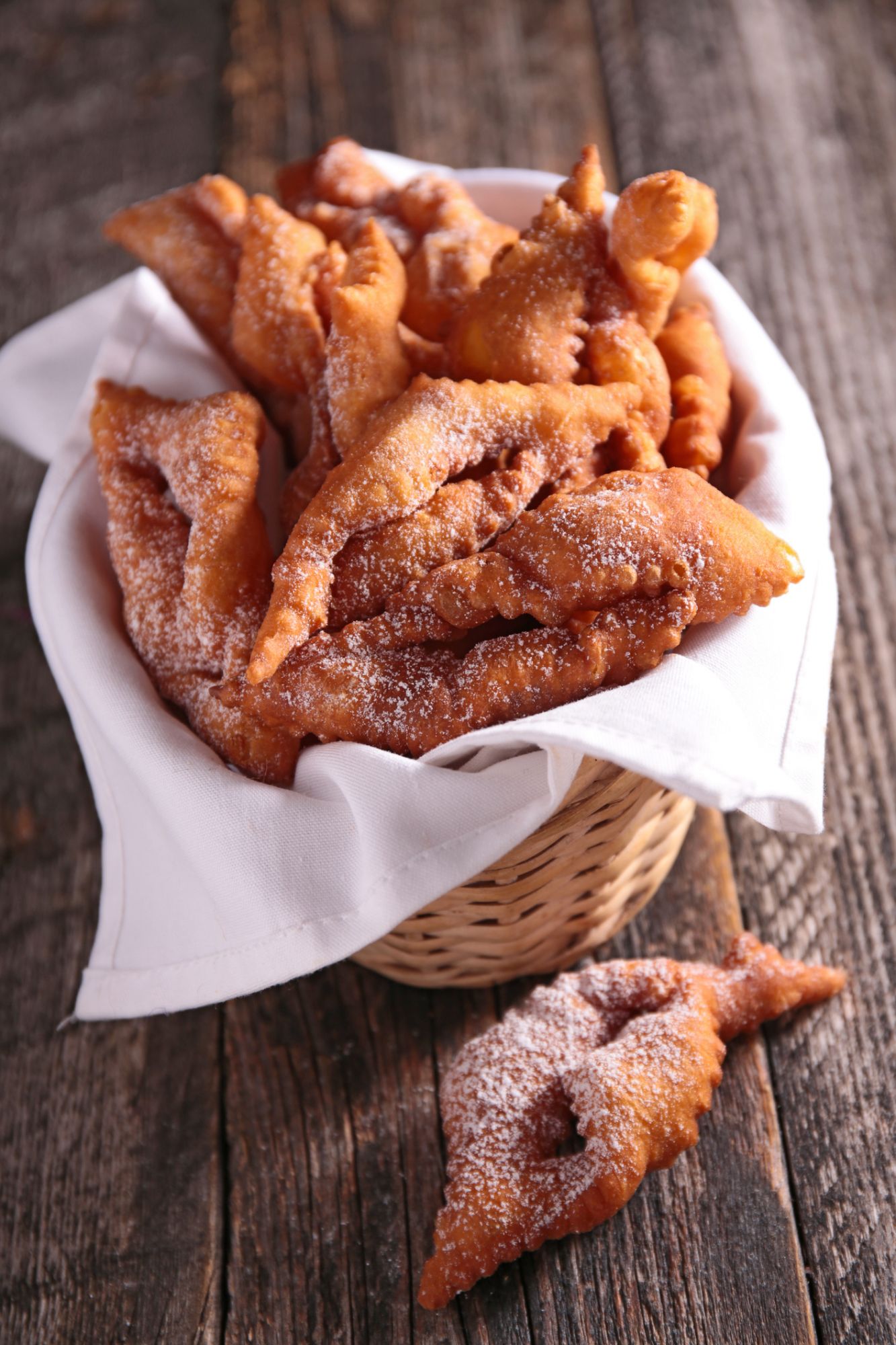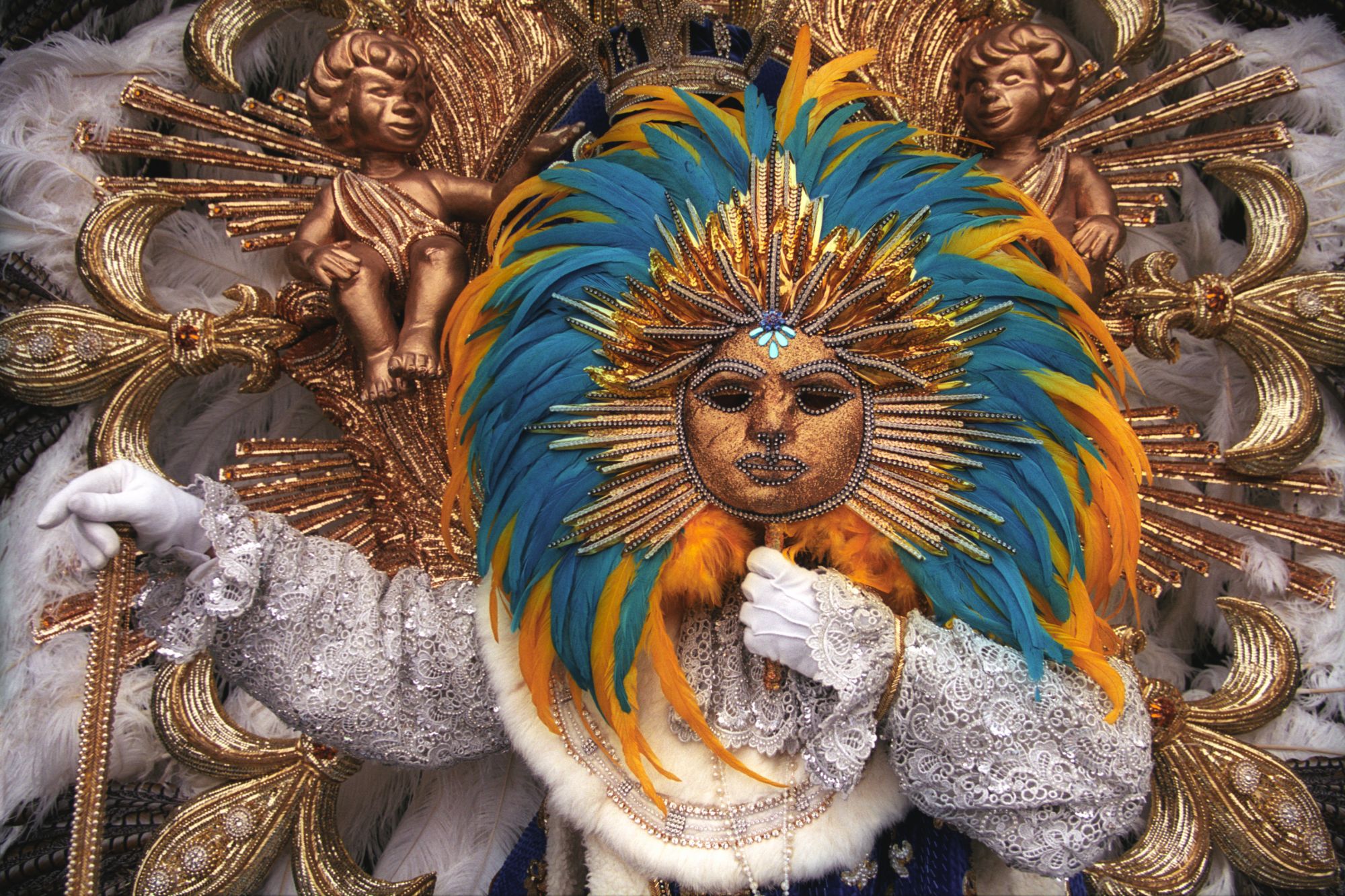In honour of Mardi Gras coming up February 25th, we explore the culinary origins of the beloved beignet
The beignet, a simple piece of fried dough sprinkled with sugar, is a pastry that has managed to transgress cultural boundaries. Hong Kong has the ox-tongue pastry, Mexico has the churro, Germany has the pfannkuchen and Japan has the an-doughnut. The beignet has morphed into its own unique shape and taste in every country and has earned itself a place amongst local delicacies. Even chefs have reinvented the beignet and created international phenomenons (think Dominique Ansel and the famous cronut).
But where does the beignet originate from? Here we trace back the origins of the pastry everyone loves.
See also: Restaurant Review: Dang Wen Li Puts The Sweet In Sweet Ode To Hong Kong

Though the beignet is considered a french pastry, the first beignet sighting can be traced back to Ancient Rome. In those times, March marked the start of a new year and people celebrated the awakening of the earth and a new agricultural year with mounds of pastries—which included pieces of fried dough covered in honey.
Fast forward a few hundred years when Christianity was born. The religion took over some of the Roman celebrations and dates and anointed them new religious celebrations. Lent—a period of 40 days of fasting, reflection and prayers to replicate Jesus’ sacrifice and his retreat into the desert—was one of them. The day preceding the first day of the fast became known as Mardi Gras, also known as Shrove Tuesday or Le Carnaval in France, when people would gather for a day of gluttony and excess.

